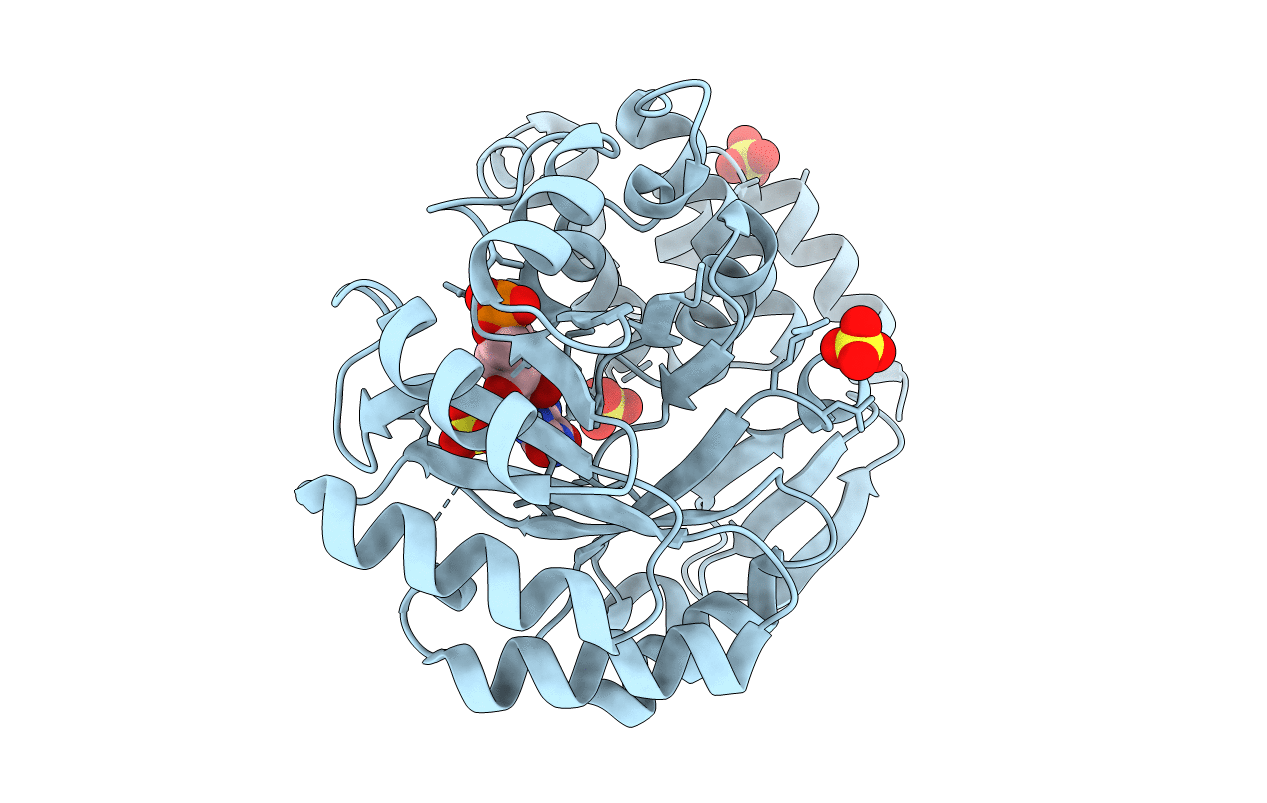
Deposition Date
2014-09-17
Release Date
2015-10-07
Last Version Date
2024-01-10
Entry Detail
PDB ID:
4WFS
Keywords:
Title:
Crystal Structure of tRNA-dihydrouridine(20) synthase catalytic domain
Biological Source:
Source Organism:
Homo sapiens (Taxon ID: 9606)
Host Organism:
Method Details:
Experimental Method:
Resolution:
2.68 Å
R-Value Free:
0.22
R-Value Work:
0.19
R-Value Observed:
0.19
Space Group:
I 2 2 2


